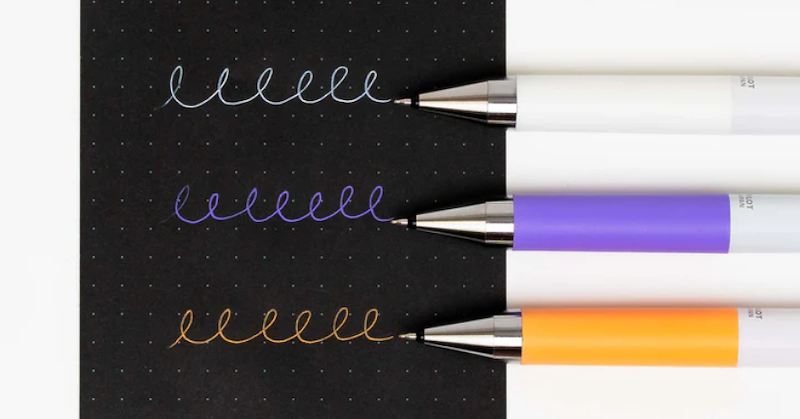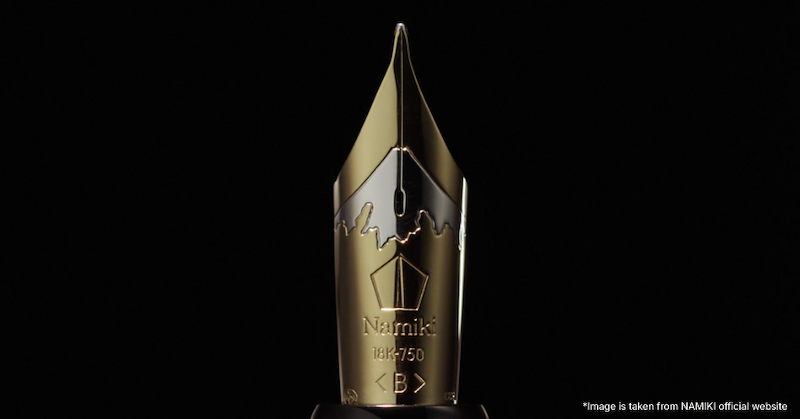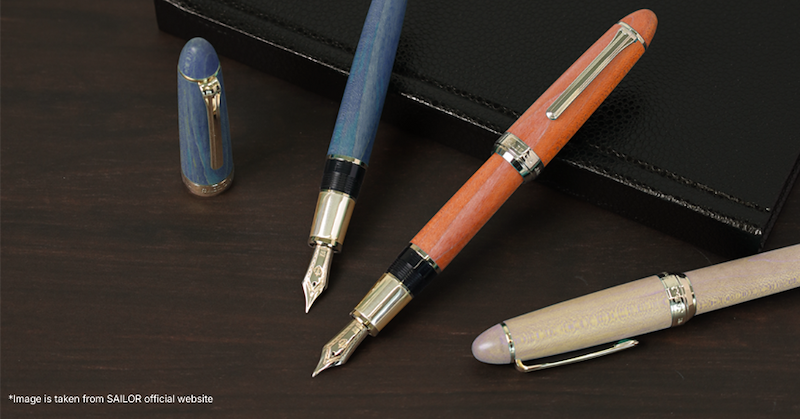
Sailor Brand Overview: What are Sailor Pens?
Anyone who has dipped their toes into the stationery hobby has no doubt been recommended a fountain pen. For improving handwriting, writing posture, or even just for calligraphy, some people definitely swear by their fountain pens for journaling, hand-lettering, or even just as a daily use all-around pen.
When it comes to fountain pens and related accessories, Sailor is one Japanese pen brand to look out for. They have been producing fountain pens and nibs since 1911, and continue to make some of the best inks and nibs to this day. Let’s take a deep dive into Sailor’s origins to see how they became one of the most popular fountain pen bands on the market.
History of Sailor Pens: One nib at a time
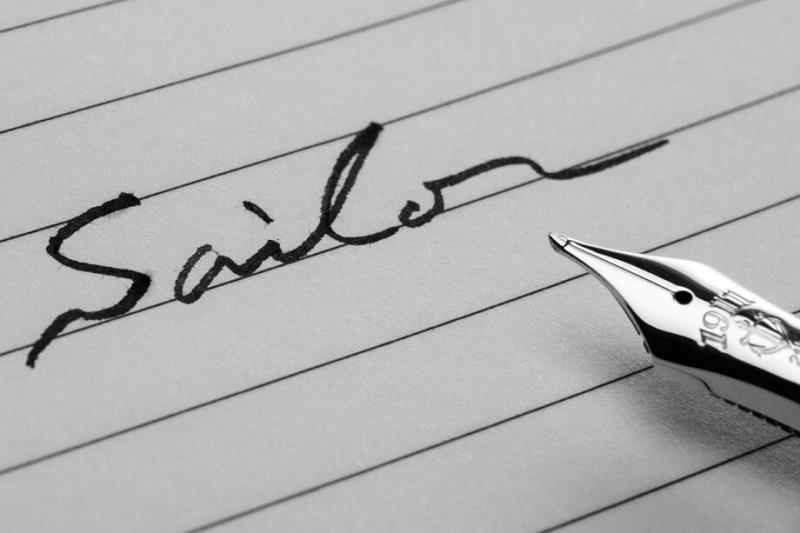
Sailor was founded in 1911, originally as the Sakata-Manufactory. At the time, they produced solid gold nibs for fountain pens. Among fountain pen enthusiasts, it was widely believed that because gold is a softer metal, the flexibility of the nib is increased, which gives a greater capacity for line variety when lettering. Over time, the nib would also soften over time, adjusting to someone’s personal handwriting style.

Later on, aside from making just fountain pen nibs, the factory relocated to Hamadacho and changed their name, manufacturing fountain pens as well. Sailor Pen Sakata-Manufactory Co., LTD was then visited in 1926 by Imperial Prince Hirohito as he was encouraging the growth of the industry.
Later on, Sakata and the Sailor company also launched the first Japan-made ballpoint pens. They invented the plastic injection machine in 1949 and not only made their ballpoint pens, but eventually also started making use of the plastic injection machine in order to make plastic fountain pens. Sailor went on to invent Japan’s first fountain pen ink cartridges, fude (brush) pens, and different kinds of fountain pens– from candy colors geared toward a younger audience, to clip on fountain pens for everyday use.
Sailor prides themselves in creating both everyday and luxury fountain pens with extraordinary craftsmanship, making something that is both functional and beautiful. They chose the name Sailor as to symbolize taking to the open sea, and journeying towards what nobody has done before.
Why are sailor pens so expensive
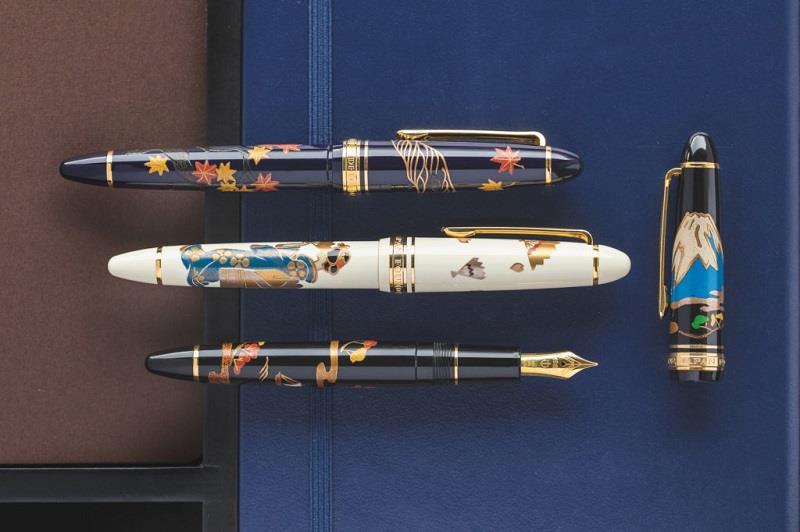
Sailor pens are known for their good quality, and thus some lines can be quite expensive! You may be wondering why they are so expensive, and the answer is quite diverse. It sometimes may seem like there is a huge premium attached to the Sailor brand. It's not as expensive as companies like Montblanc, but when compared to Platinum or Pilot, it can feel like it is overpriced for what you get.
Sailor is one of the three big Japanese fountain pen companies, founded in 1911. They are known primarily for their 14kt and 21kt gold nib fountain pens with a focus on quality, and an extensive line of bottled ink colors.
The 1911 and the Pro Gear are the two main types used to categorize fountain pens. The Pro Gear has a flat top while the 1911 has a rounded cigar shape. These versions are available in a variety of sizes. To directly compare these pens' sizes to one another and to any other pens we sell, visit our website and use the Pen Plaza comparison tool.
The price of Sailor pens really depends on where you buy them. Abroad, in Europe or America, they may come at a Premium due to additional taxes on imports.
But if you're in Japan, you can find some Japan exclusive editions, and generally speaking, lower prices for Sailor pens. It's no secret that they are cheaper in Japan, and we recommend having a look around some of the big stationery stores like Maruzen for good deals, but smaller, local stores might also have a few gems.
Sailor pens are worth it if they fit your writing styles and your needs. Take your time to compare different fountain pens to find out which one is the best for you! Meanwhile, here's an overview of some of their product offering.
What are the best Sailor Pens?
While choosing a fountain pen is very largely a personal experience, there are cult favorites that people are never shy to recommend. Here are some of Sailor’s highly rated products, and the reasons why people love them:
Sailor 1911
Named after the year that Sailor was first made, the 1911 series is Sailor’s most popular line of pens, each featuring a gold nib. The 1911 standard has a 14kt nib, while the Large (which is the most popular in the west) has a 21kt nib. The pens have an outstanding luxury finish on the barrel and fittings, making them great gifts for extremely special occasions and collectors items for those who are knee-deep in the fountain pen hobby. The gold nibs glide onto paper and are not scratchy at all, making the writing experience feel luxurious as well.
Sailor Shikiori Hisakata
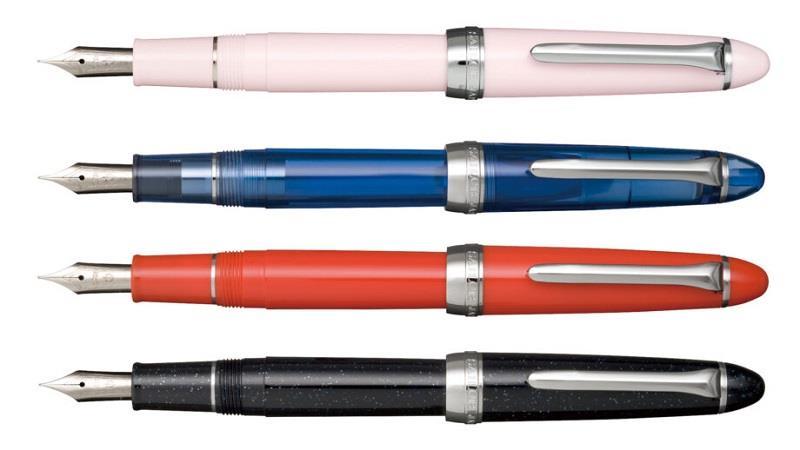
Another fountain pen on the more budget side is the Sailor Shikiori Hisakata fountain pen. Unlike the 1911 or King of Pen counterparts, the nib on these is steel, thus much more affordable than one of the golden nib fountain pens that are usually on offer. Not to fear, though, as the Shikiori pens share the wonderful Sailor nib quality that makes the purchase worth it in every aspect. The fine steel nib gives way to smooth ink flow, and some say they write very similarly to the 1911 standards. We would definitely recommend looking into it if you’re looking to spend a little bit more money on a fountain pen, or have started getting into the hobby and want a smart and respectable daily driver.
Sailor Pro series
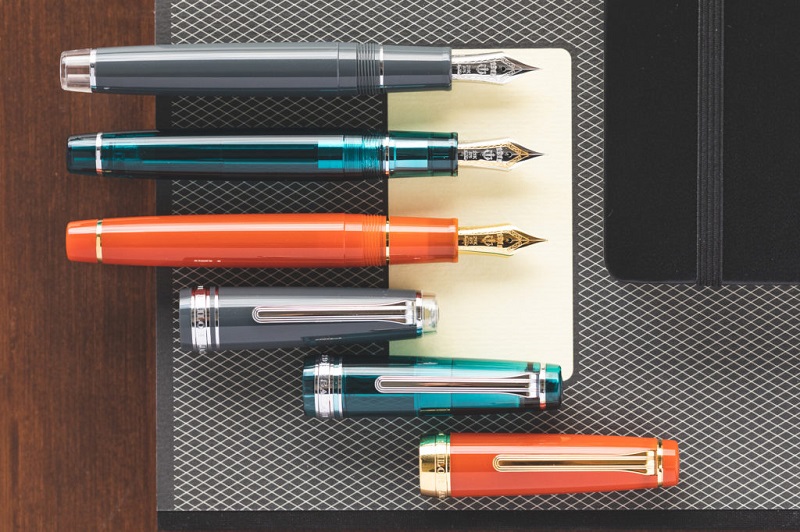
The Sailor Pro Gear (short for Professional Gear) fountain pen comes in a variety of intriguing, North American-only resin hues. It has a substantial 21kt gold nib in seven different nib sizes, just as the 1911L. The Sailor converter or Sailor ink cartridges are used, and the cap screws on/off and posts onto the back when writing.
A more compact and slim Pro Gear fountain pen is the Pro Gear Slim. Additionally, it comes in a variety of resin colors. Similar to the 1911S and 1911L, the Pro Gear Slim differs most from the Pro Gear Standard in that it has a smaller 14kt nib as opposed to the larger 21kt nib.
How good are Sailor inks?
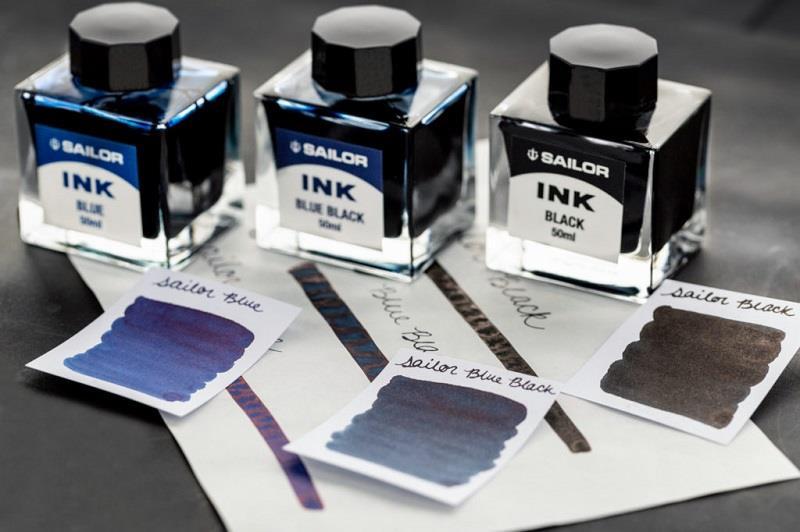
You can also experience Sailor through their range of fountain pen inks. You can add these to Sailor pens, or to any other fountain pens to use them. The inks are incredibly smooth and have rich color payoff. The original standard inks come in black and blue, as well as an in-between “blue-black” colorway for anyone who thinks the two colors are too vibrant and would like a mysterious in-between shade.
They also have an additional “Pigmented” collection, which is waterproof. These are popular with artists, especially with those who work on watercolors, so that the ink doesn’t smudge on their work and they can use it to create vibrant and crisp lines. If you’re into more multicolored inks, you can also check out their Shikiori collection, which like the Shikiori fountain pens, is inspired by the four seasons in Japan. These inks take from the colors of nature and come in a variety of vibrant, light, and dark shades.
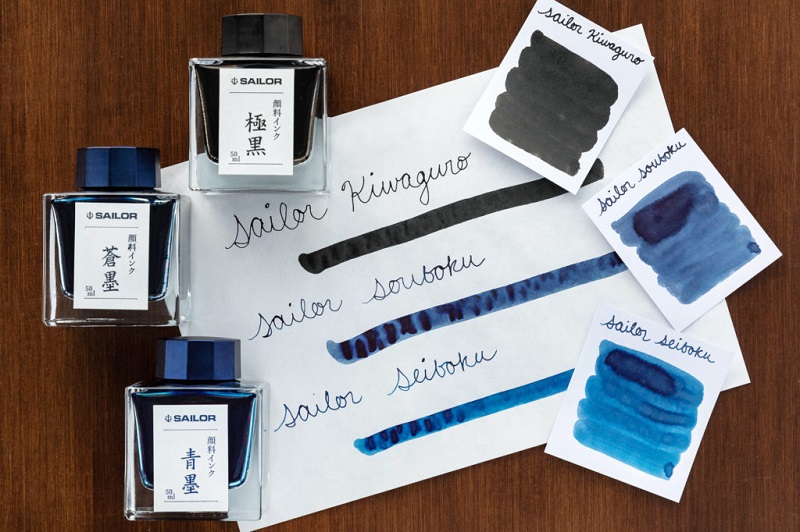
How to fill a sailor fountain pen
Sailor Pens use similar filling systems that you may already be familiar with. In the above video, you can find some tips and tricks on how to best fill your fountain pen!
Are you looking to start a fountain pen collection? Or are you just interested in the specialty art and functionality of Japanese fountain pens and ink? Either way, you can’t go wrong with a Sailor pen.
If you’re curious about other stationery items in Japan, why not take a look at ZenPop’s Stationery Pack? Since fountain pens may not be for everyone, ZenPop’s stationery pack gives you a load of new stationery items to choose from– from highlighters, pens, and markers, to sticky notes and specialty paper. Why not get one as a gift to someone who’s about to fall into the Japanese stationery rabbit hole?
